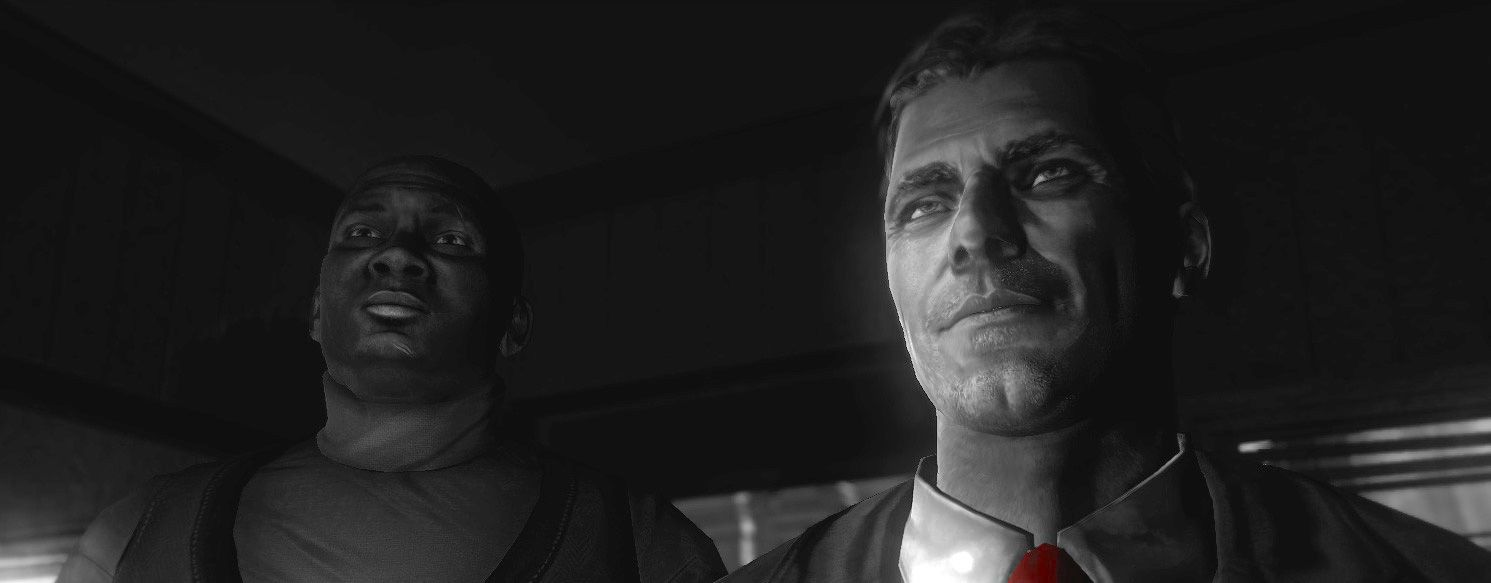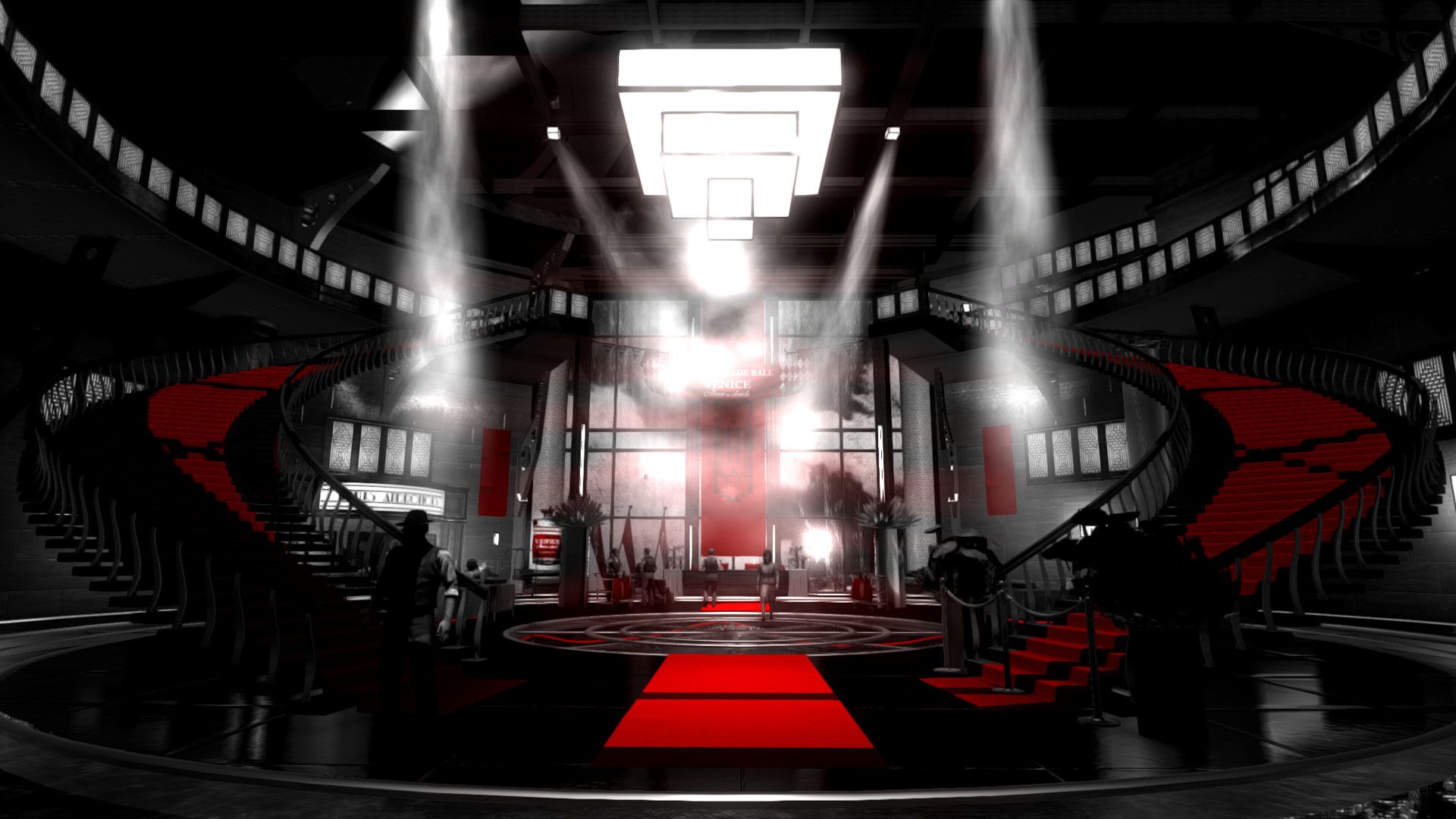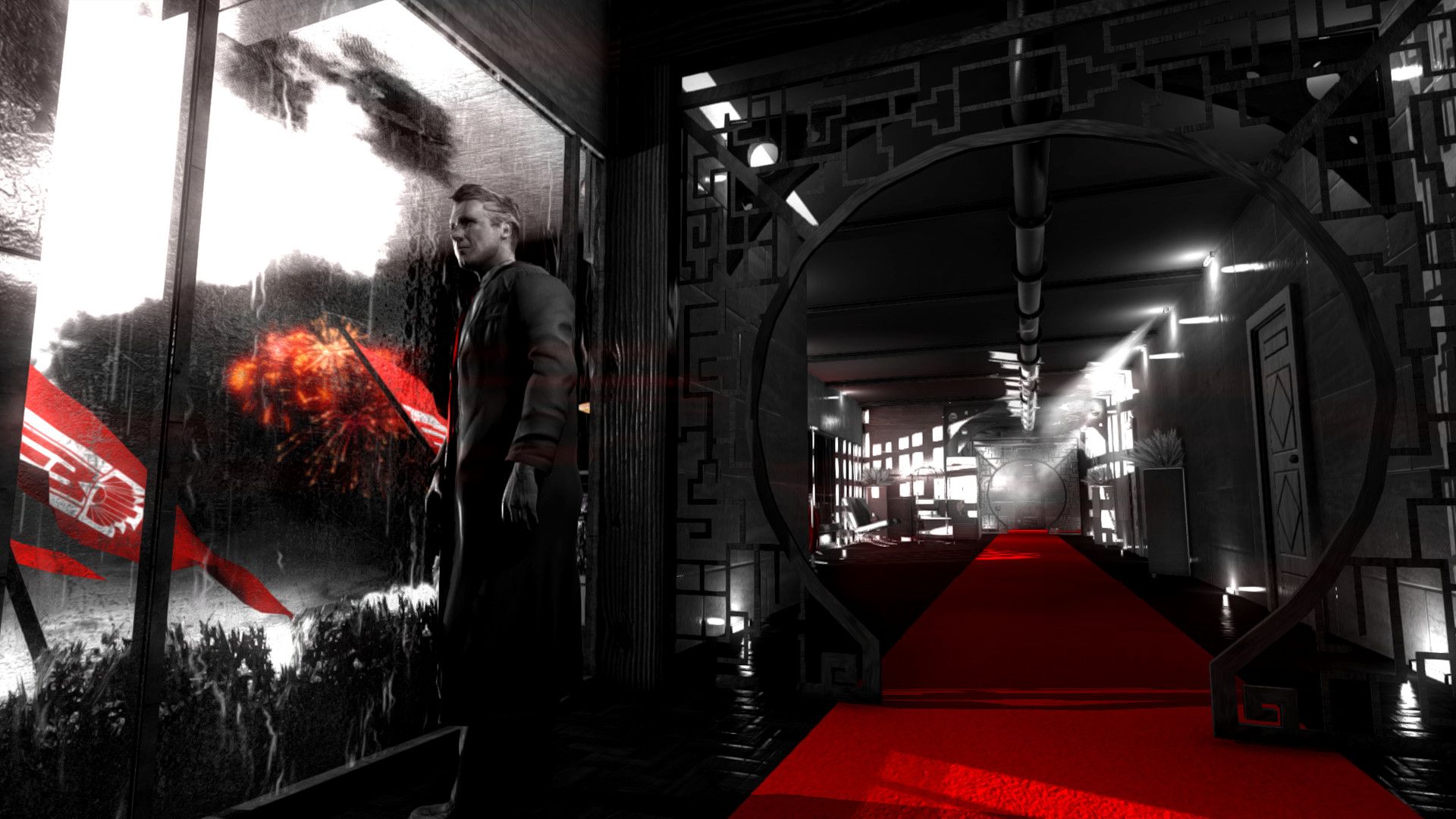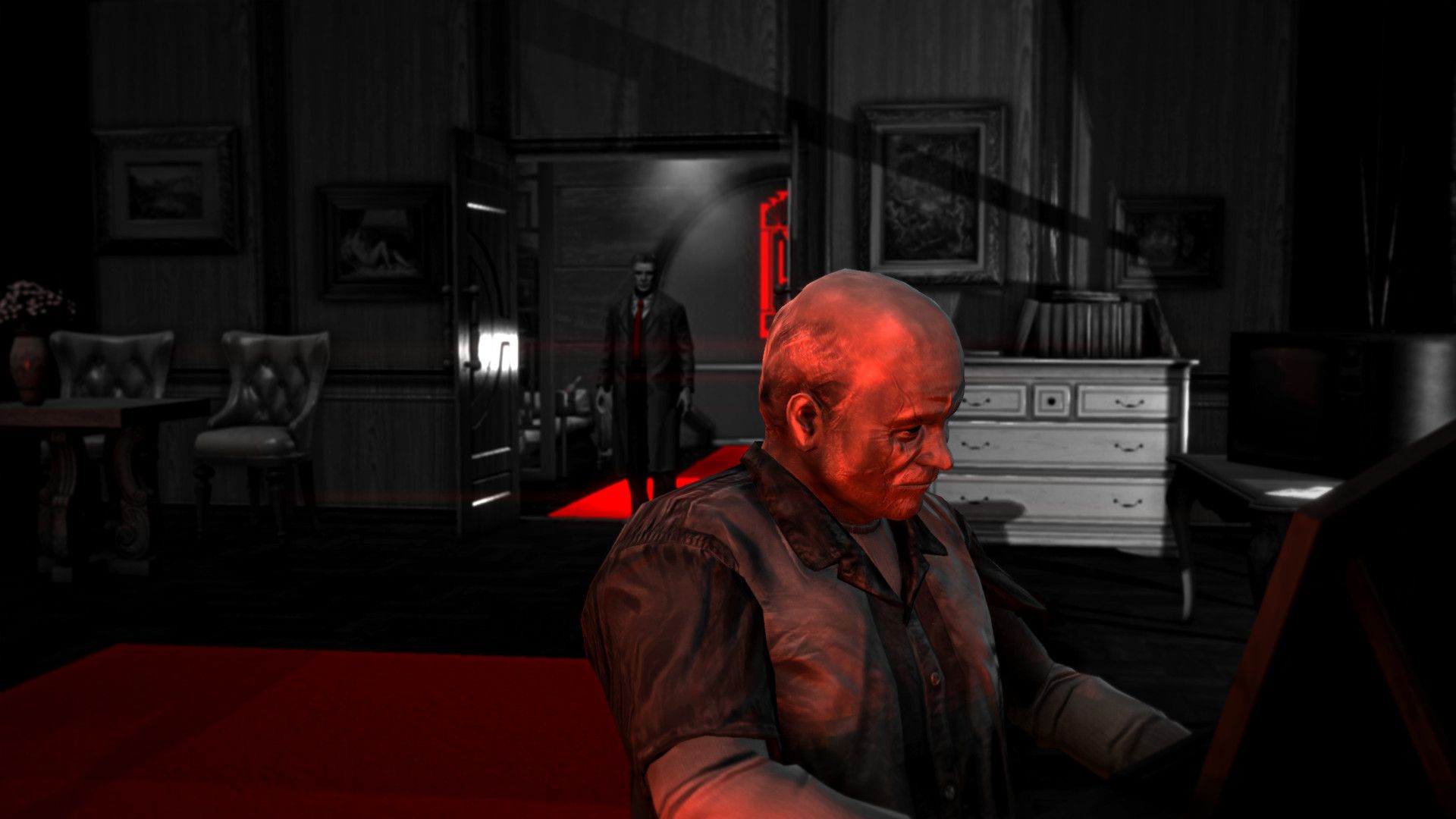The first Episode of Blues and Bullets tries so hard to emulate the success of modern Telltale titles that it seems to forget some of the most important tenants of modern game design. For every one of its wonderful art design choices, there are moments where its pacing feels so dreadful that it has the potential to put players to sleep. Don't get me wrong, there is a solid foundation for an interesting episodic game here, but there are quite a few instances where it feels like developer A Crowd of Monsters put moments into the gameplay that should have been in cutscenes and vice versa. Still, there is quite a bit to like about this flawed first episode and it's going to be genuinely interesting to see where the supernatural-mafia plotline takes us. Whether or not Blues and Bullets rises to the level of the games it's so clearly trying to be, however, will depend upon some rapid pacing adjustments, good writing and positive reactions to criticism.
Players take the role of Eliot Ness, a retired police cop responsible for putting the infamous Al Capone behind bars years before the events currently portrayed in Blues and Bullets. Now running a diner with the same name as the title, Ness is approached by Milton, one of Al Capone's henchmen. Not only was Capone released from prison after a lengthy sentence, but his granddaughter was kidnapped by an unknown perpetrator with an unknown motive. After Ness decides he'll take on Capone's case for a price of the player's choosing, he stumbles upon a series of bizarre events that feel straight out of a horror movie. "The End of Peace" feels like an episode that was designed to set up the framework for something interesting, as later events in the first episode become straight up weird, but none of the context that takes you to these oddities feels inspired. It's almost as if Blues and Bullets is giving you an excuse to fall face-first into insanity by stuffing everything inside a plot that reeks of eventual conspiracy right from the start. The thing that actually makes good conspiracy stories exciting is that the mystery seems to fall out of nowhere. Blues and Bullets feels like it wants you to know something nefarious is happening at every moment, and this obviousness diminishes its impact.
Without a shadow of a doubt, the coolest and most interesting aspect of Blues and Bullets is its art-style. Before diving into this point further, it's worth noting that a game with the word "Blues" in the title never has a single instance of the color blue appear on screen, which feels like its own awesome joke in a way. While it's obvious that the title is referencing both cops and the style of music of the same name, the idea that the first thing you think of when you hear "blue" is never present. All jokes aside, from a design perspective, Blues and Bullets is flat out gorgeous. Its color palette is the physical manifestation of that terrible joke about things being black, white and red all over, and it works to create a mood that keeps you invested despite any flaws. Blood pops off of the screen in a way that emphasizes its impact far more than any fully-realized color-loaded game would be able to, and darkness works to create a sense of hopelessness. This is where the true shame of Blues and Bullets comes in: if its writing found a way to utilize the mood its art-style creates, this would wind up being an absolute must play. Instead, we're left with something that looks really good and might become awesome, but is left in the realm of the mediocre.
There have been more than enough allusions to Blues and Bullets' lackluster pacing in this review, and for good reason. The most action-packed moments are on-rails shooting segments that, while somewhat tense, feel far too scripted to instill any sense of agency in the player, and these are surrounded with long walking sequences that do little more than pad out the two-to-four hour run-time of the first episode. The most egregious cases of unnecessary gameplay segments come in both the beginning and middle of the episode, respectively. Early on in the proceedings, players have to turn around and saunter over to various sections of a diner, activating context sensitive moments that feel little less than busy work. Why spend a couple of minutes grabbing pie or a burger when you could take a couple of seconds displaying these events in a cutscene? The bigger crime comes when Ness and Milton board the Hindenburg, which, in this universe, avoided the famous disaster its known for. Players are tasked with walking or lightly jogging down seemingly endless hallways, and while there are opportunities to interact with objects in the environment, this sequence is hands-down the low point of the first episode. Blues and Bullets seems like it has moments where the player is in control simply because it feels like it has to, which detracts from the aspects that make it exciting. Compare these hiccups to the clear highlight of "The End of Peace," the L.A. Noire-esque investigation sequence, and you're left with an episode that feels wildly inconsistent.
Around the mid-point of the first episode, players are tasked with figuring out the events of a murder by examining clues scattered around the environment and placing them in appropriate slots on a makeshift flow chart. While this sequence can be bypassed without effort by simply looking at everything in the environment and trying every option on the chart until the correct answers are found, it still feels like the most unique and fascinating element of the first episode. Seeing a horrifying crime and then slowly figuring out a series of events is what made L.A. Noire special, and that essence is absolutely captured here. Hopefully in future episodes there will be more of these sequences, as this one actually made Ness feel more like an interesting character rather than a monotonous avatar designed to simply advance the story.
Blues and Bullets isn't without its technical issues, which is certainly a shame considering that framerate drops and heavy aliasing diminish from the emotions that its aesthetic is able to convey. Even on a PC capable of running a maxed-out copy of The Witcher 3: Wild Hunt (minus Nvidia HairWorks), there are still moments where scene transitions cause the framerate to heavily stutter. It would have been awesome to see more graphics options as well, as players only have the option to alter the texture quality, the visual effects and the resolution. The lack of options and occasional stuttering make Blues and Bullets feel like a game that's testing the reception waters on PC rather than being a fully-realized personal computer title.
Closing Comments:
Though its first episode is a bit of a letdown, especially when you consider that A Crowd of Monsters was billing this as one of the most anticipated titles of 2015 (whether or not this is true is another story entirely), there is a chance that Blues and Bullets might wind up being something special. It's art direction and its mood are definitely things to behold, but a great deal of pacing issues and occasional technical problems prevent its first episode from being something that can be wholeheartedly recommended. Still, this is the type of mediocre beginning that might wind up being a bump in the road rather than a sign of things to come, but that's something that only time will tell. One thing is for certain, though: if the next four episodes are of this quality, Blues and Bullets will absolutely not be in the same ballpark as games like The Walking Dead and Life is Strange.




